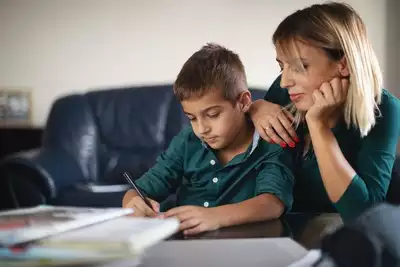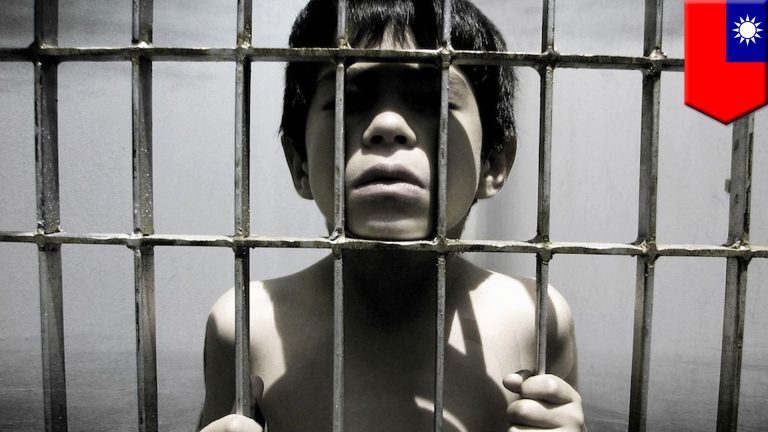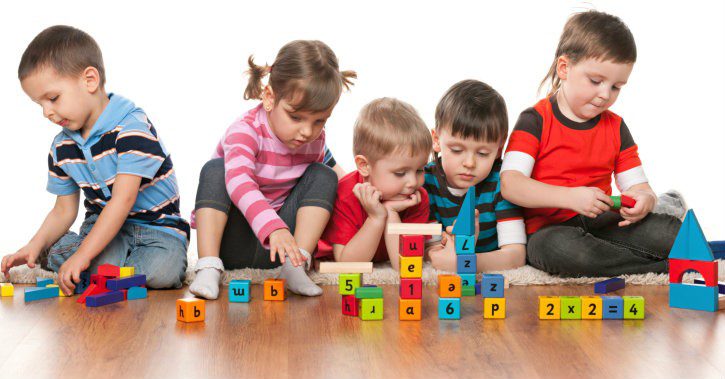How can I teach my kids emotional regulation?
We all have the ability to monitor and control our emotions depending on the situation that we’re in. With the constant ups and downs that we experience throughout our life, being able to do this can help improve our quality of life, especially those of our children. Thus, emotional regulation helps us to think through our emotional response which then leads us to make more positive and healthy reactions. Rather than making impulsive decisions which we might regret later on.
When it comes to children, it is important for them to learn to regulate their emotions and not become overwhelmed with the slightest inconvenience. For example, a child with low emotional regulation will constantly throw tantrums wherever they are for any minor issue. The following are some tips that you can use to help teach your kids to regulate their emotions.
- The most central way to teach your child how to regulate their emotions is through modelling. Children are always watching what you do or say and then end up imitating it. By monitoring the way that you react to daily stressors and then managing to control them, it will help your child learn to do the same.
- Teach your child to count to 10 when starting to feel overwhelmed. By doing this, they will distract themselves from their upsetting thoughts and are forced to focus on something else. Once they have calmed down, they can have a better reaction to their situation.
- Practice mindfulness and deep breathing exercises with your child. Helping your child incorporate simple mindful techniques will allow them to keep their stress level low, while also helping them to learn how to calm down. Deep breathing exercises are also a useful tool. Teach your child to breathe in slowly through their nose, hold it for 3 seconds and breathe out again through their mouth till they feel calmer.
- Teach your children about emotional intelligence. This will help your child become aware of which emotion they’re feeling. For example, what are the warning signs that show you that you are angry? Their heart starts racing, they start to shake, their palms become sweaty and so on. By identifying their physiological symptoms, then they can realise which emotion they are feeling and be ready to cope with it.
- Explore different coping strategies with your child. Once they can identify which emotion they are feeling, teach them the healthy way to cope with it. Sit down with your child and explore which is their safe space? Who do they seek when they need to calm down at school and at home? Which is their favourite hobby that cheers them back up?
Learning emotional regulation requires a lot of awareness and patience, especially since children are still developing. However, having you teach them and support them will allow them to express their emotions in the most appropriate way.
If you think that you can benefit from professional support on this issue you can reach out here.
Mandy Brincat is a Gestalt psychotherapist who enjoys working therapeutically with adults on various issues, such as general mental health and wellbeing. She also has experience working with children with anxiety and day to day stressful problems.
References:
- Li, P. (2022). Emotional Regulation in Children | A Complete Guide. Parenting For Brain. Retrieved from https://www.parentingforbrain.com/self-regulation-toddler-temper-tantrums/.
- Morin, A. (2021). How to Help a Highly Emotional Child Cope With Big Feelings. Verywell Family. Retrieved from https://www.verywellfamily.com/how-to-help-an-overly-emotional-child-4157594.
You Should Move Toward, NOT Away from Your Upset or Tantrumming Child. Parents With Confidence. (2018). Retrieved from https://parentswithconfidence.com/6-guaranteed-ways-to-boost-your-childs-emotional-regulation-skills/.






